Ever wondered who the world’s biggest fan of face oil is? We’ll give you a hint: You’re looking at them. (Or more specifically, you’re scrolling on their website.)
It’s no secret that we love face oils at Go-To. Whether nourishing and restorative or clarifying and calming, we consider this not-a-serum, not-a-moisturiser an essential step of any good skincare routine.
The glorious effect face oils have on our skin might feel like magic—but it’s all based in science. Grab your lab coat and let’s get into it.
What Are Face Oils And How Do They Work?
Face oil is a blend of plant-based oils that’s stacked with antioxidants and essential fatty acids. It's this high content of essential fatty acids (omega-3, 6, 9) that has seen so many face oils gain the status of superoils. Not only can they help to improve skin elasticity by speeding up collagen production to help reduce the appearance of fine lines and wrinkles, they’re also loaded with anti-inflammatory properties that help soothe irritated, sensitive skin (like the eczema and acne-prone). Plus, by strengthening the skin's barrier, they help keep skin hydrated and supple.
Overall: Since different oils have so many different benefits for the skin, face oils can be formulated to target different skin concerns, from dehydration and fine lines to breakouts and inflammation.
The Role Of Face Oils In Skin Barrier Function
Our skin barrier is one fickle mistress. As the final layer of the skin, it protects the skin from pollutants, dehydration, toxins, and irritation. Made up of tightly bound cells of ceramides and fatty acids, the skin barrier does its best work when it's being strengthened rather than stripped. Face oils (and their high fatty acid contents) are great at boosting and restoring the skin barrier in two ways:
-
They Protect
Thanks to their antioxidant properties, face oils protect the skin from free radicals to curb inflammation and irritation and leave the skin barrier entirely unbothered.
-
They Restore
Beyond just helping to protect the skin barrier, face oils also help to restore and strengthen the barrier as it does. A healthy skin barrier = happy skin.
Different Types Of Face Oils And Their Benefits
Not all face oils are made equal. While all face oils help to boost your barrier function, different face oils can target different skin issues, with different benefits and different textures. So it’s best to find one that works best for your skin, specifically. Here’s what to look out for.
The Feel
Despite the name, not all face oils actually leave an oiliness of the skin. Enter: Dry oil. One of skincare’s biggest oxymorons, a dry oil soaks into the skin quick smart, leaving behind a barely-there feel and no smidgen of residue. Dry oils are a great pick for oily skin have-rs, who want the nourishing benefits of a face oil but can’t stand the feel of them on the skin. For dry to normal skin, rich ‘wet’ oils provide a tactile hit of hydration and immediate nourishment.
The Benefits
Got a niche skin issue? We can pretty confidently bet there's oil for that. Breaking out? Tea tree oil and its antimicrobial, antifungal properties is your girl. Got redness, roughness, and irritation? Tap buriti oil into your routine. Experiencing premature wrinkles? Rosehip oil will help hydrate dry skin to fight against these signs of ageing. It’s best to find a face oil formulated with ingredients catered to your skin concerns.
How Face Oils Penetrate The Skin
There’s two main types of face oils: Occlusive and absorptive. Occlusive oils have a higher molecular weight and larger molecules so they sit on the skin's surface to create an occlusive layer that helps trap moisture. Absorptive oils can deliver nutrients into the deeper layers of the skin. The small oil molecules can pass through the outermost layer of the skin and into the deeper layers. The smaller the oil molecules, the deeper they can penetrate.
The best face oils will do both for a nourishing, restorative, and protective effect.
For maximum penetration, it’s important to make sure you apply face oil to clean skin, as to follow a light to heaviest mantra in your routine. This means applying your face oil before moisturiser. Why? ‘Cos moisturiser creates a hydrating barrier on the skin that stops your face oil from fully penetrating the skin. Unless you’re using an oil-free moisturiser or gel-cream, then oil becomes your last step.
Do Face Oils Work for All Skin Types?
Yes. But! Not all face oils will be suited to all skin types—it's best to look out for ingredients best for your skin’s needs. Dry skin should try nourishing, heavier oils like macadamia oil, marula oil, and sweet almond oil whereas oily skin should reach for lightweight, fast-absorbing oils like rosehip, jojoba, and tea tree.
How To Use Face Oils In Your Skincare Routine
Since face oils are such chameleons—ready to tackle a whole remit of different skin conditions—where they slot into your skincare routine will always depend on the type of product.
Our general rule of thumb? Apply your skincare from lightest to heaviest. This means face oils need to go before moisturiser. If you’re using an oil-free or gel-cream moisturiser, your go-to oil becomes your last step because the oil is heavier than your light moisturiser, and therefore, should be applied last as the lock-in layer.
Treatment face oils (the ones that specialise in balancing and clearing blemish-prone skin) need to be applied directly after cleansing to give it space to treat the skin. Whereas nourishing face oils are full of light oils that need to go before moisturiser so they can adequately penetrate the skin but after your treatment and serum products.
Confused? We have a blog for that.
FAQs On Face Oils
Do face oils clog pores and cause breakouts?
Some face oils can run the risk of clogging pores (and then causing breakouts). So if you struggle with congestion, it can sometimes be best to opt for a non-comedogenic face oil.
Can people with oily skin use face oils?
Yes, absolutely. Why? ‘Cos oily skin is the result of overproducing oil to overcompensate for dehydration. Face oils can help replenish the skin's natural barrier, preventing this cycle. and balancing out the oils being produced naturally by the skin. Intrigued? Find out more over here.
How do face oils differ from moisturisers?
Moisturisers are made from a mixture of water-soluble and oil-soluble ingredients to both hydrate and moisturise the skin. Moisturisers work, primarily, by creating a protective (occlusive) layer on the skin to prevent water.
Oils are brilliant all-rounders that simultaneously nourish, protect, and restore. Particularly rich in fatty acids and antioxidants, they act as the skin’s lipid barrier. Like cling wrap. Locking all that moisture in. All while providing a quick boost of glow.
When should I apply face oil in my skincare routine?
We tend to recommend before moisturiser but it totally depends on your routine. Find out more here.
Can I use face oil under makeup?
Yep. Face oil provides a lovely, bouncy canvas for makeup.
Are face oils suitable for acne-prone skin?
Just like other skincare staples, not all face oils are acne-prone skin compatible but plenty are.
Acne-prone skin types should reach for dry oils, formulated to treat the skin while respecting the skin barrier.
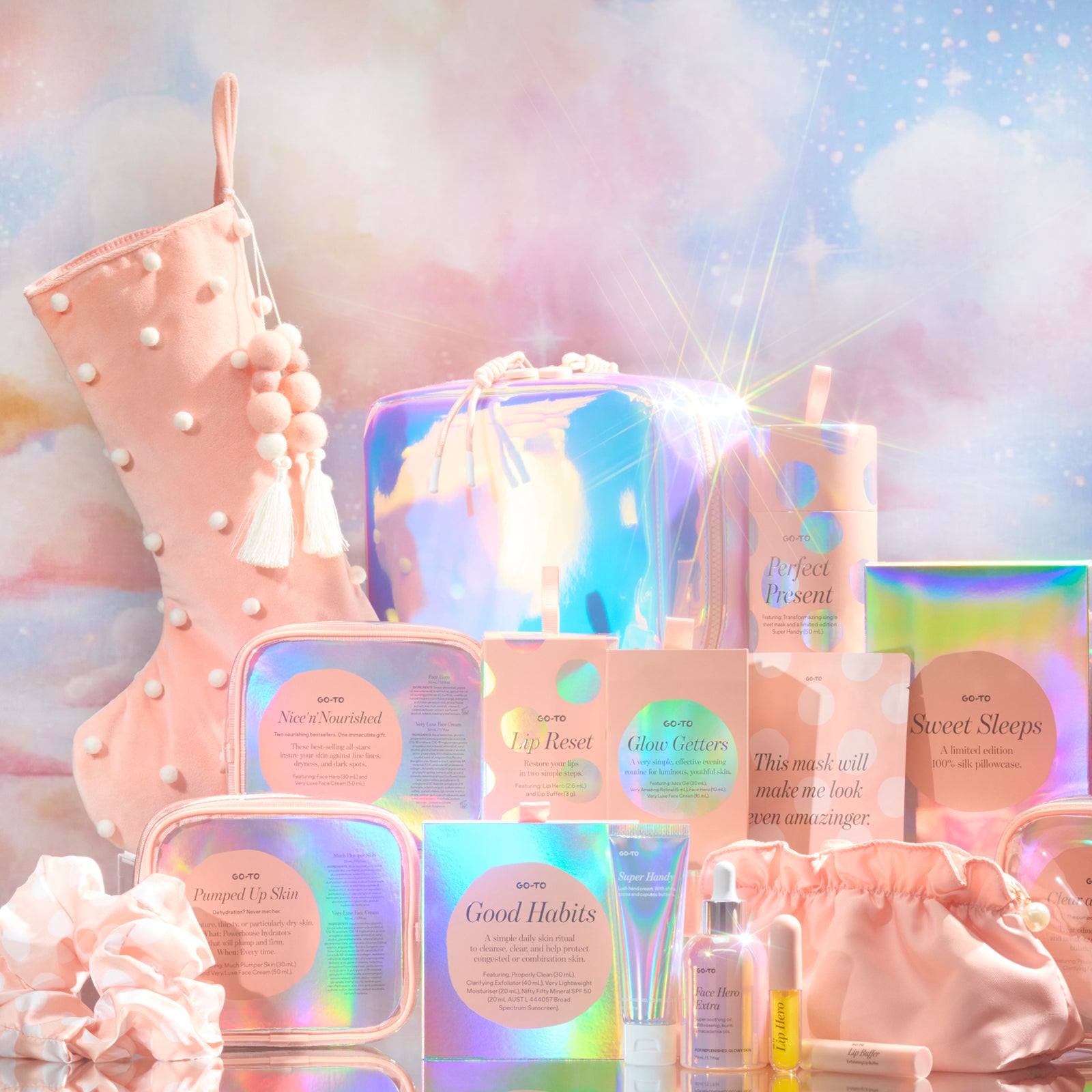


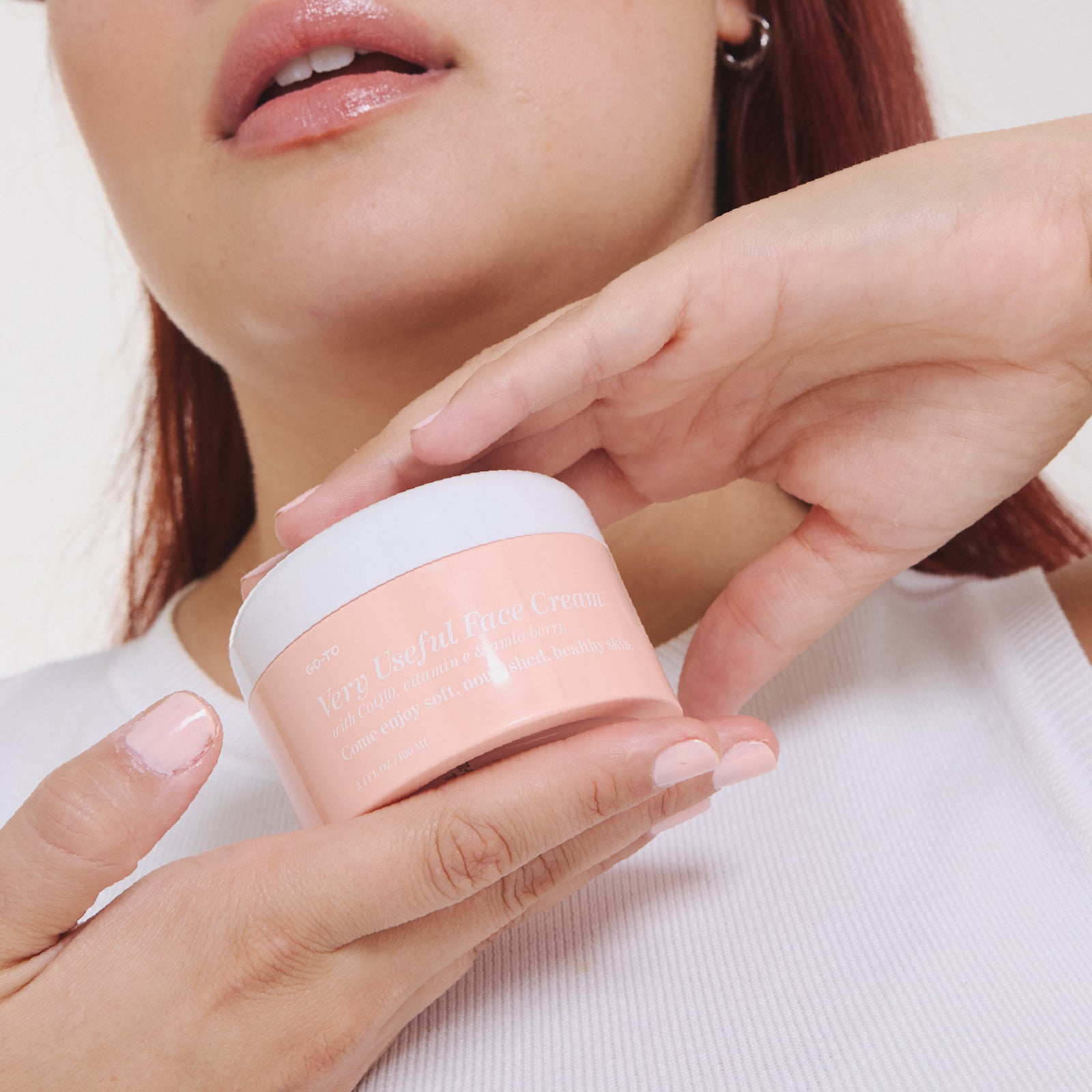

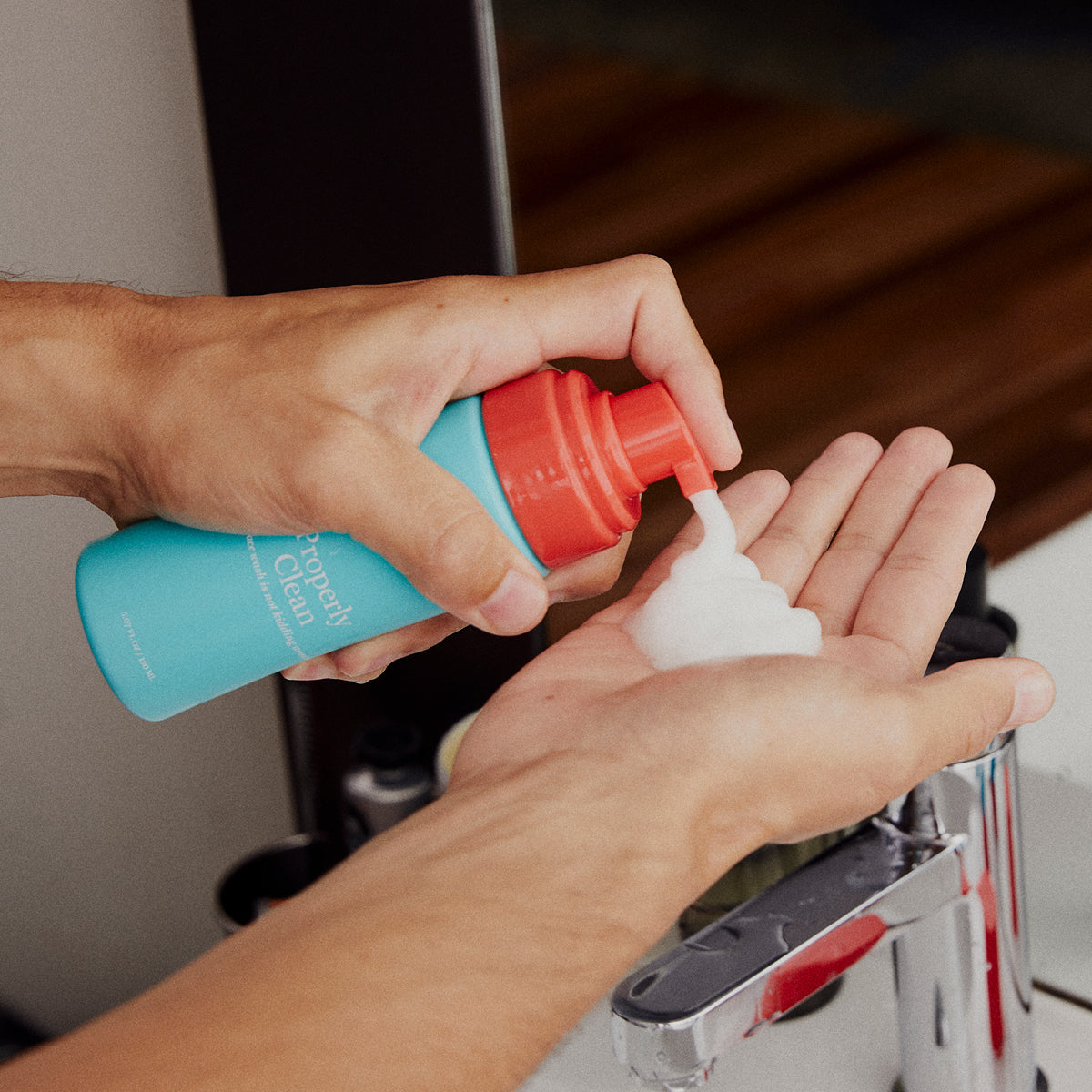
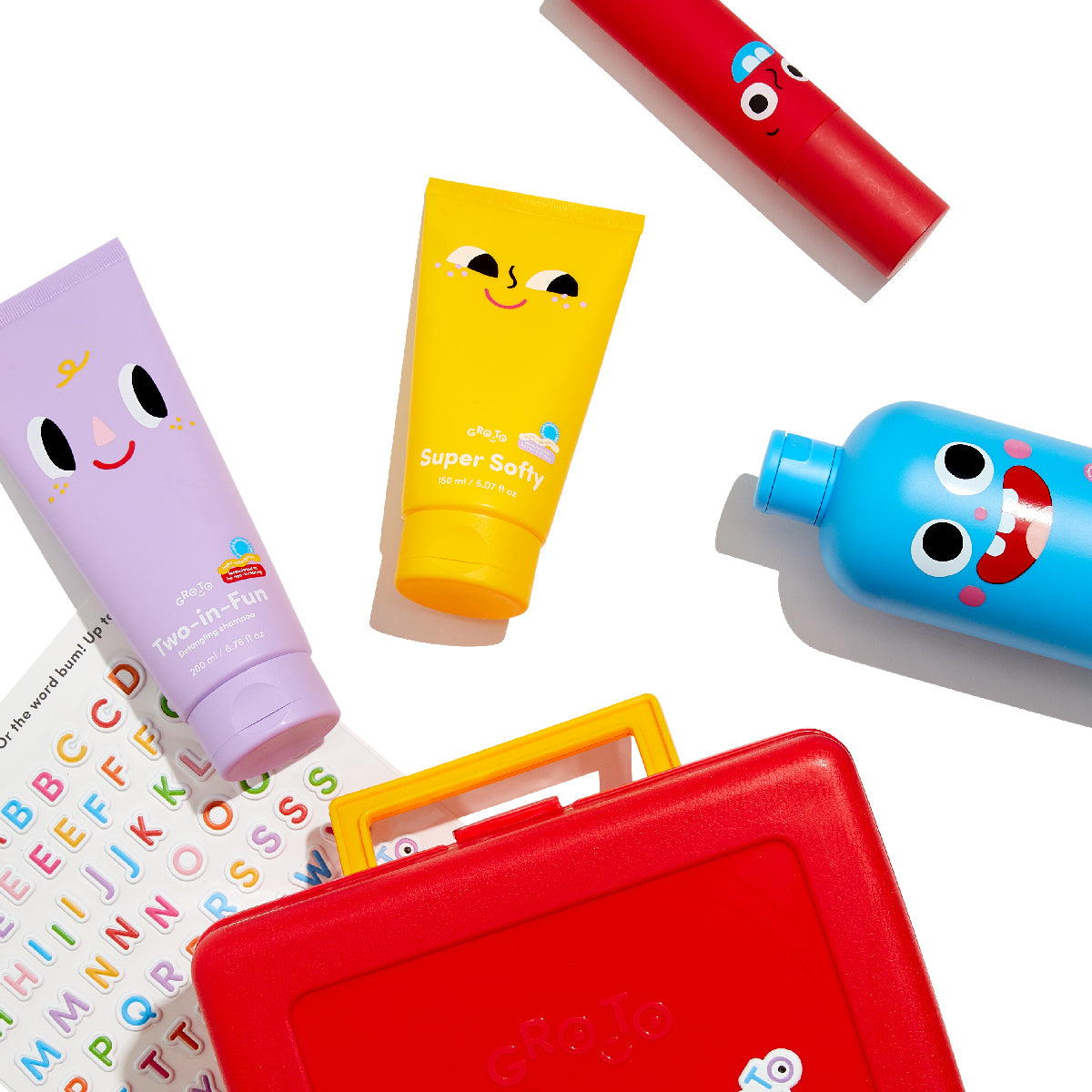
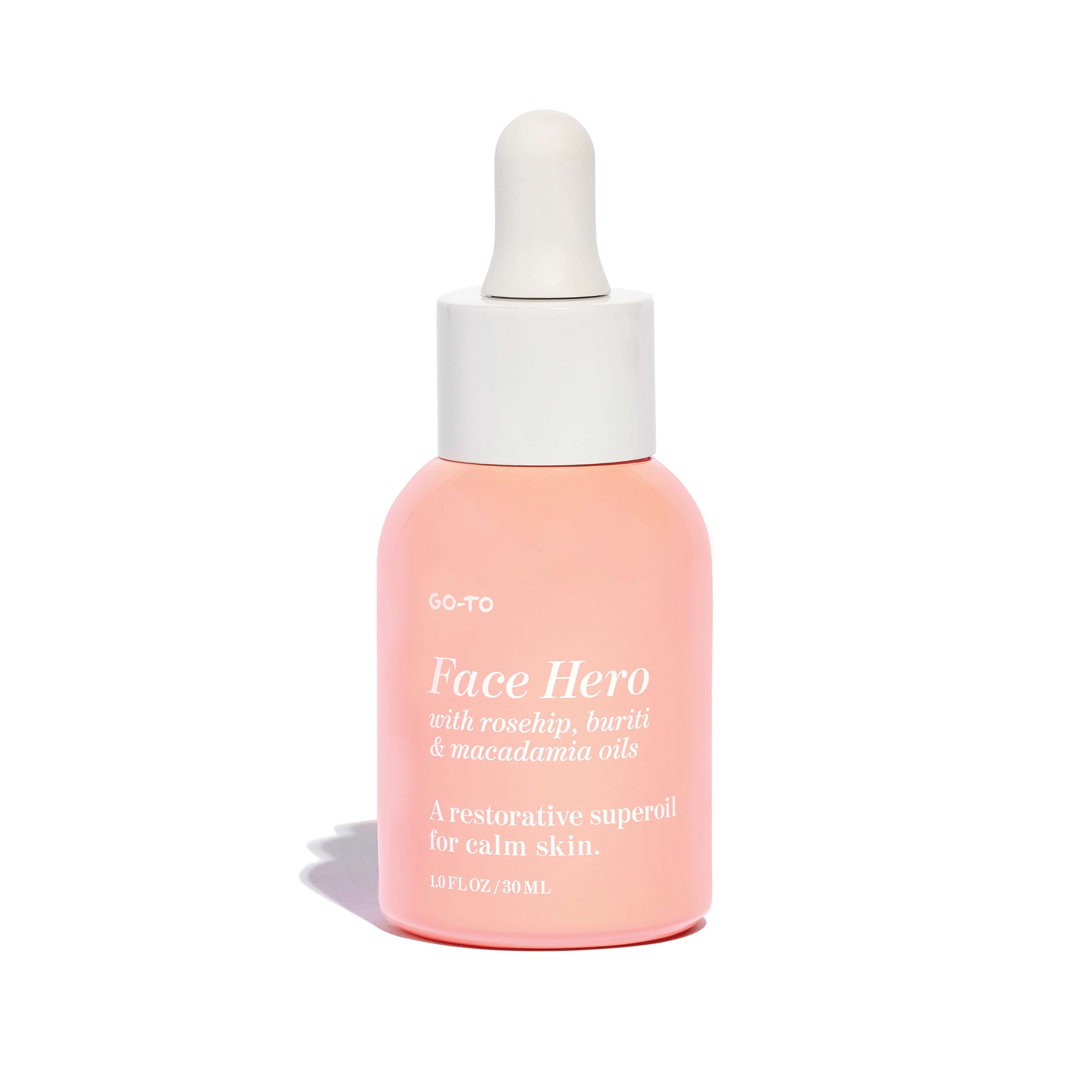

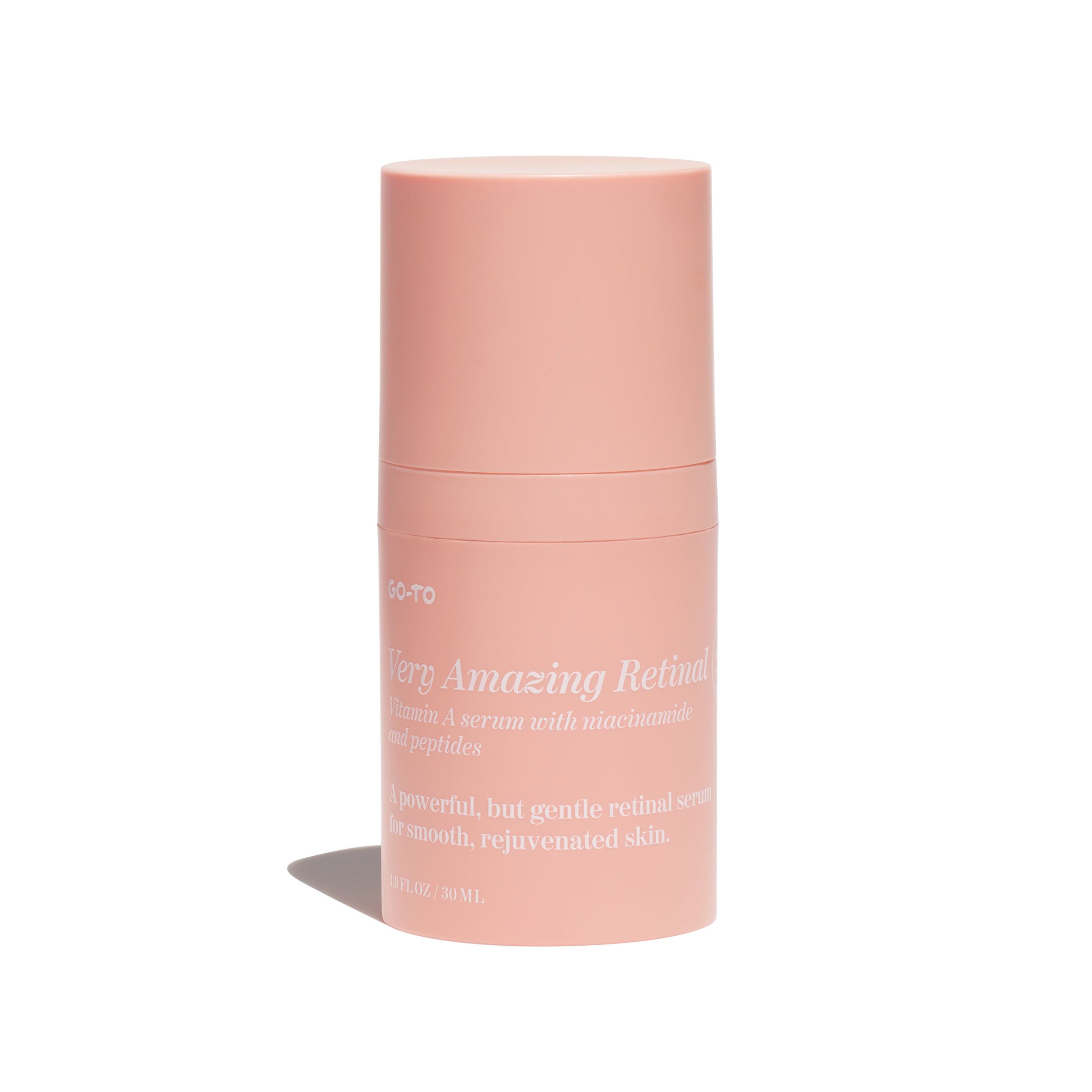
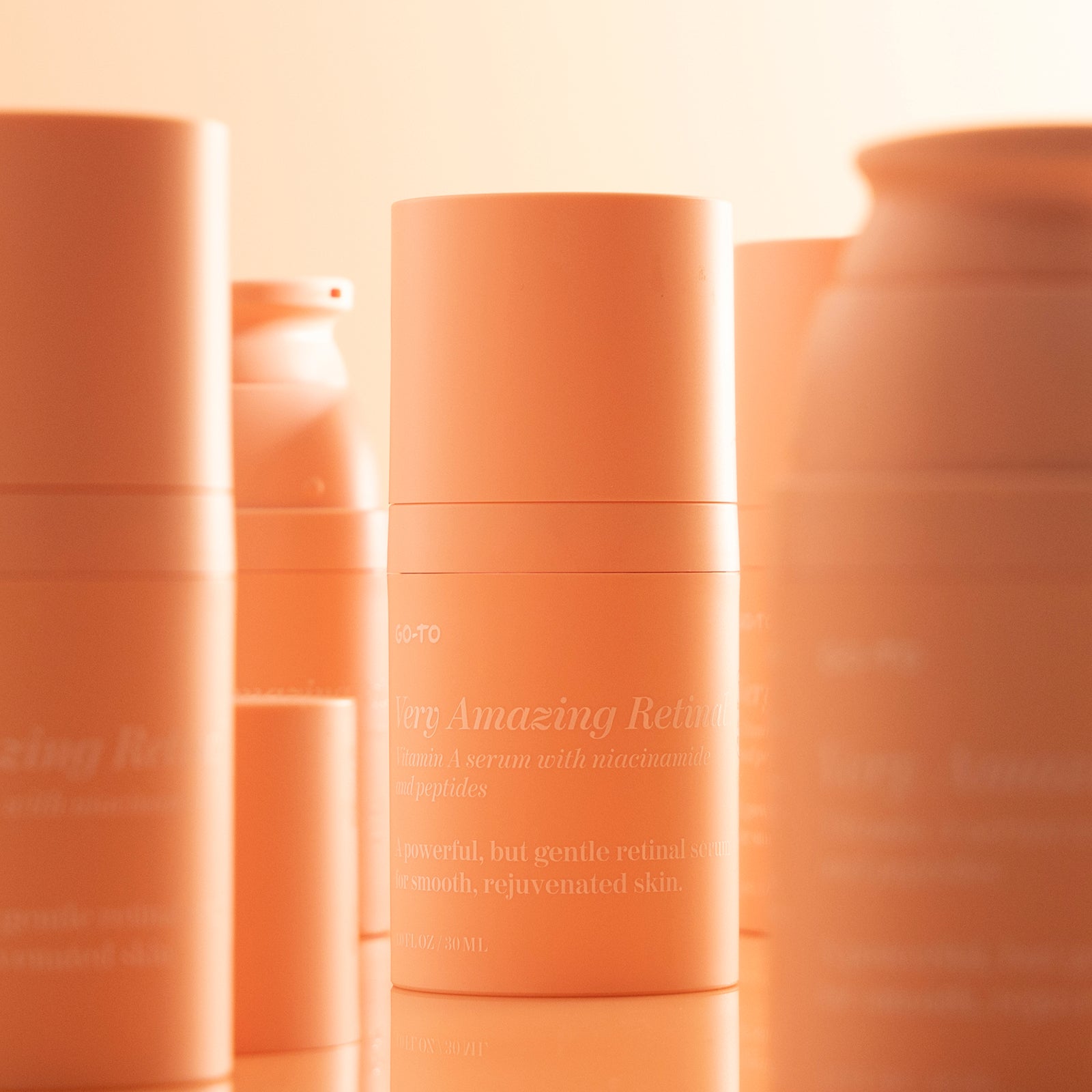
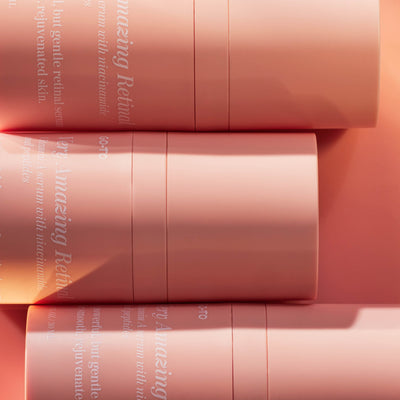
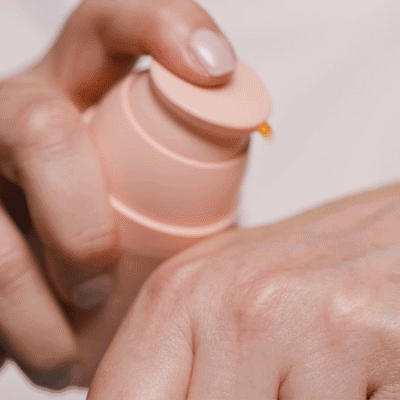

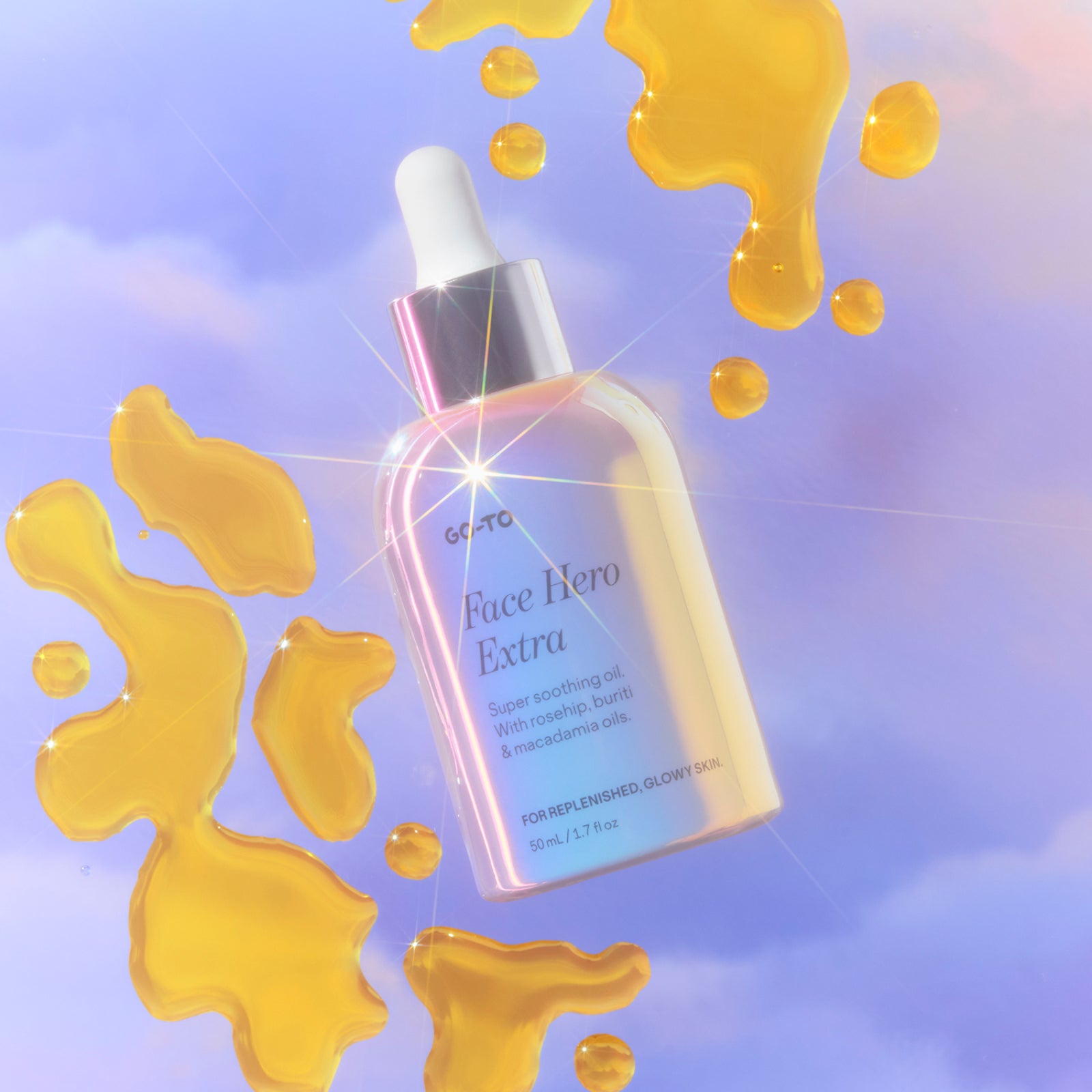
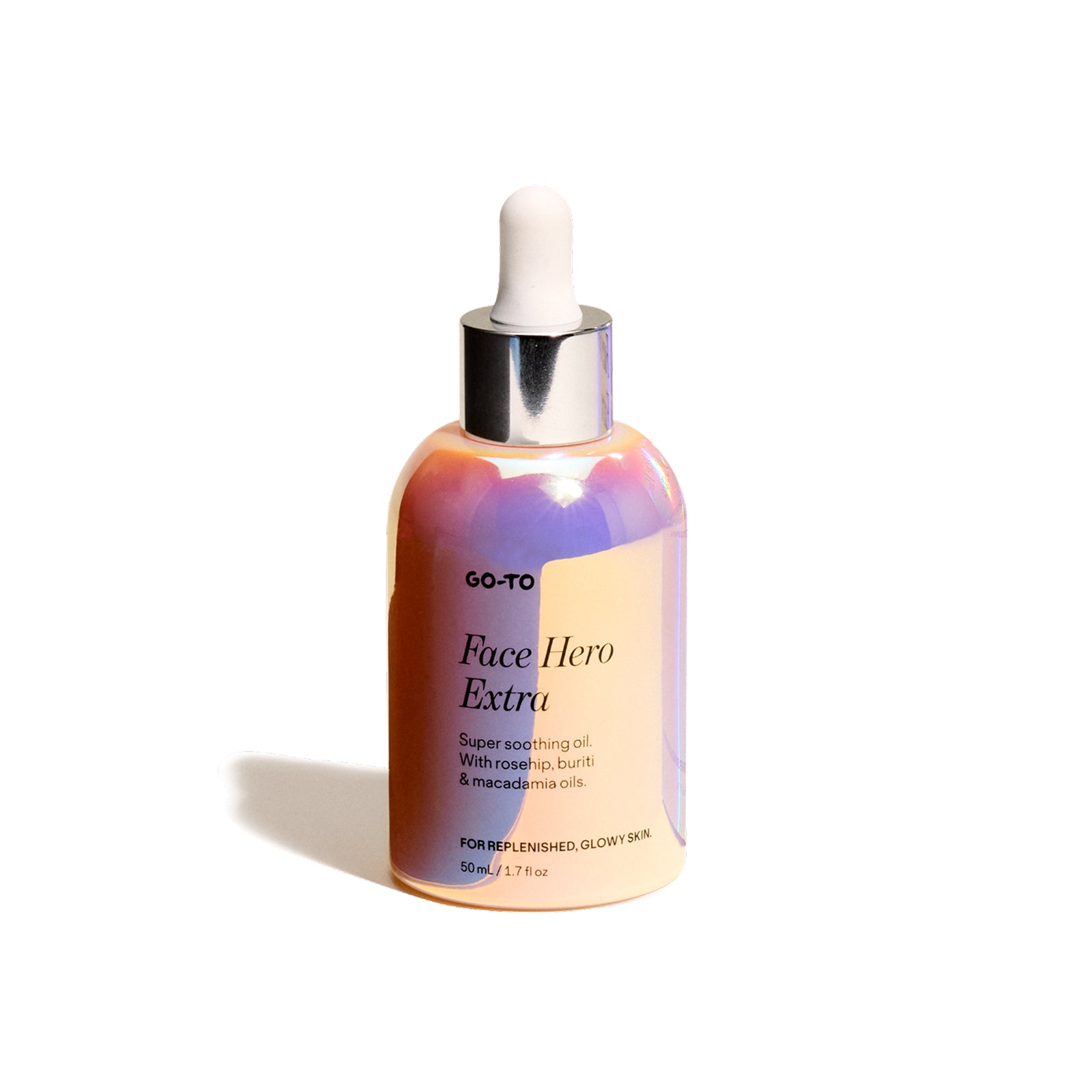


Comments